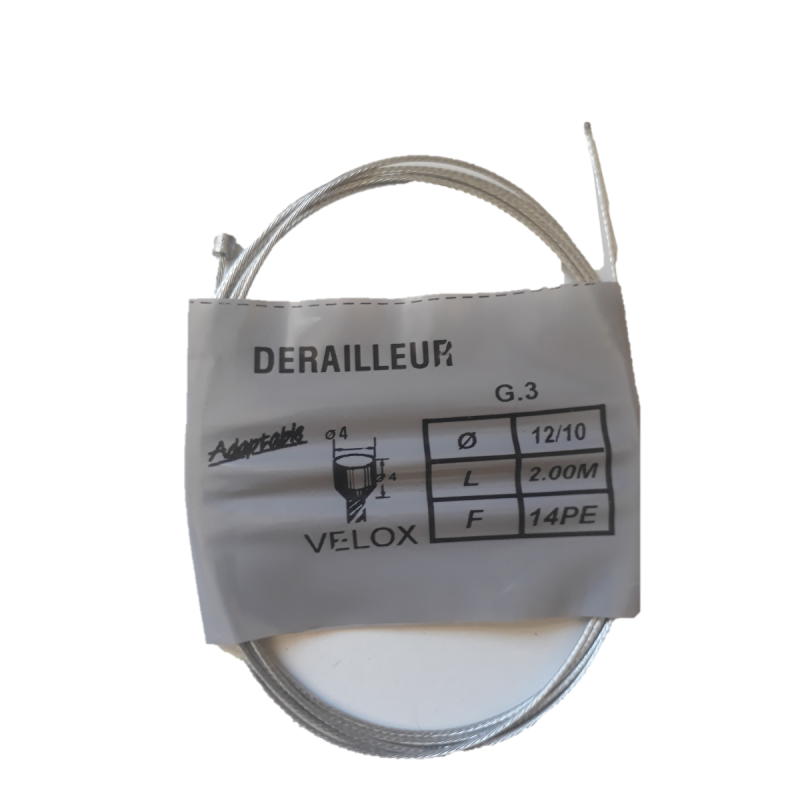 zoom_in
zoom_in
New product
Velox derailleur cable
- Velox
- 9 Items
- New

€1.49 VAT included
Data sheet
-
Condition
10: new with packaging
